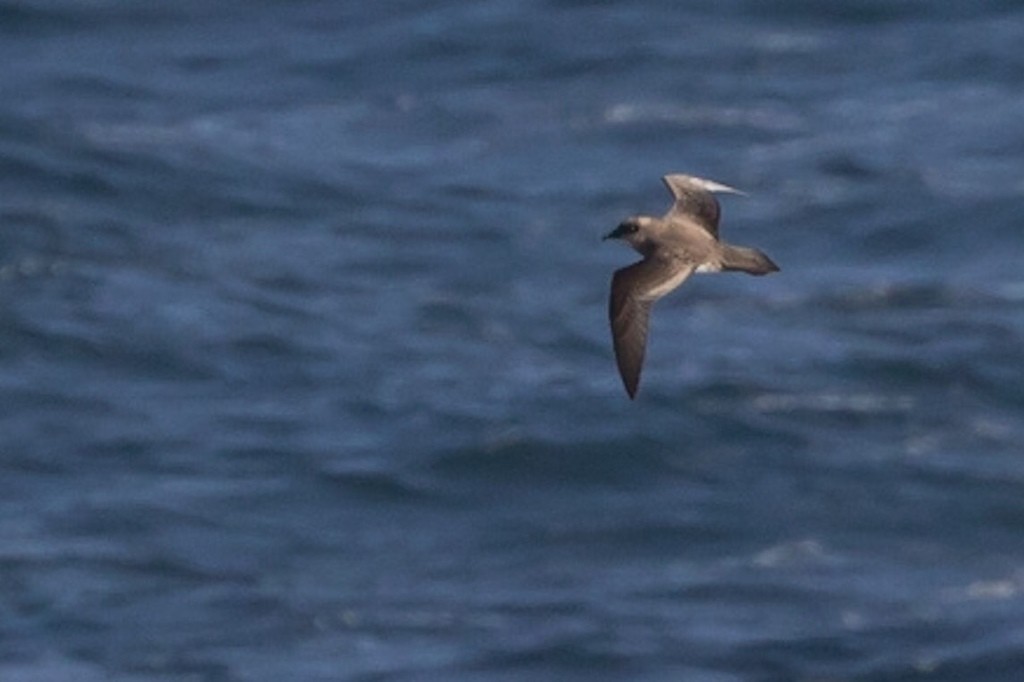Atlantic Petrel
A species of Gadfly Petrels Scientific name : Pterodroma incerta Genus : Gadfly Petrels
Atlantic Petrel, A species of Gadfly Petrels
Botanical name: Pterodroma incerta
Genus: Gadfly Petrels
Content
Description General Info
 Photo By kenchamberlain , used under CC-BY-NC-4.0 /Cropped and compressed from original
Photo By kenchamberlain , used under CC-BY-NC-4.0 /Cropped and compressed from original Description
The Atlantic petrel (Pterodroma incerta) is a gadfly petrel endemic to the South Atlantic Ocean. It breeds in enormous colonies on Tristan da Cunha and Gough Island, and ranges at sea from Brazil to Namibia, with most records at sea being to the west of the breeding islands, and along the subtropical convergence. The species feeds mostly on squid, which comprises 87% of its diet in some studies; it will also feed on lanternfishes (Myctophidae) as they ascend to the surface at night, as well as on crustaceans. Although the species exists in large numbers, the world population being estimated at around 5 million birds, it is listed as endangered by the IUCN. It is restricted to just two breeding islands and has declined historically due to exploitation for food. It is also currently thought to be threatened by introduced house mice, which attack chicks leading to low breeding success. It was formerly classified as a vulnerable species by the IUCN. However, new research has demonstrated the severe impact of predation by mice. Consequently, it was uplisted to endangered status in 2008. 
Size
43 cm
Nest Placement
Burrow
Feeding Habits
Atlantic Petrel primarily feeds on cephalopods, such as various squid species, composing up to 87% of its diet by weight. It also eats mesopelagic fish and crustaceans. Atlantic Petrel typically forages alone, surface seizing prey, though underwater capture is possible. Squid up to 54 cm and 234 g have been part of its diet.
Habitat
The atlantic Petrel is predominantly found in marine and likely pelagic environments. It breeds on remote oceanic islands, with nesting typically occurring within coastal tussock and fernbush habitats. These areas are characterized by dense vegetation suited for burrow construction, which is essential for their breeding activities. The species favors locales where the vegetation offers shelter and proximity to the ocean, facilitating their predominantly sea-based foraging lifestyle.
Dite type
Piscivorous
General Info
Feeding Habits
Bird food type
Scientific Classification
Phylum
Chordates Class
Birds Order
Albatrosses and Petrels Family
Shearwaters and petrels Genus
Gadfly Petrels Species
Atlantic Petrel